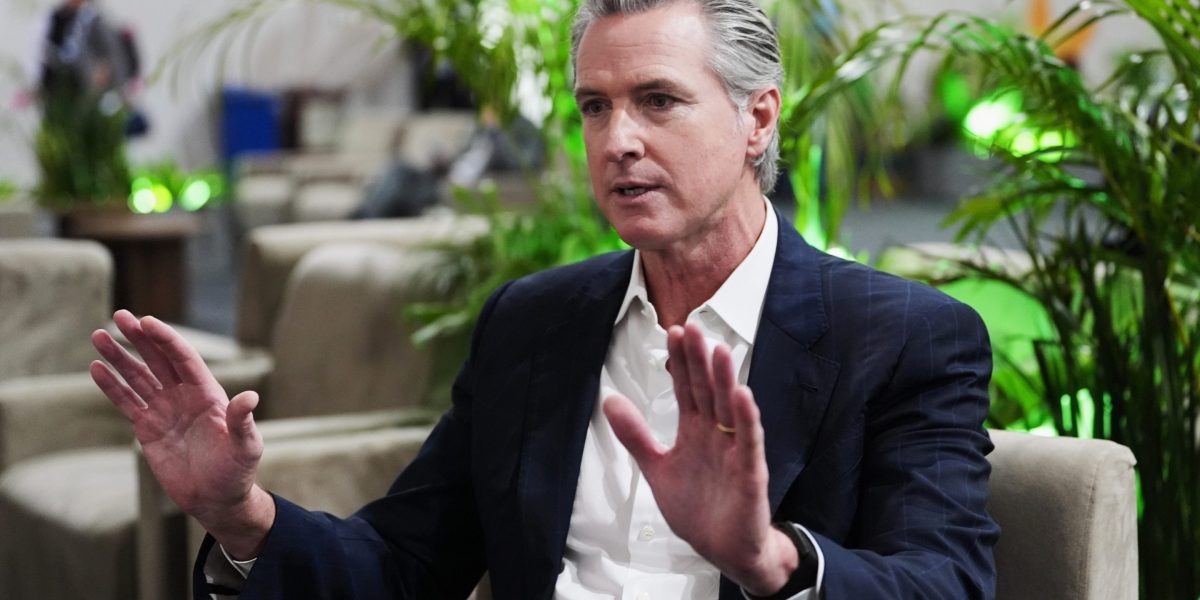One such view was shared by investment professional Gurmeet Chadha, Managing Partner & CIO, at Complete Circle, who in a post on X, argued that Indian indices need to reconsider how weights and inclusions are determined.
“Indian indices should revisit methodology of index weights n inclusion. Apart from free float market cap , weight on GDP representation can be added,” Chadha stated.He suggested that, apart from free-float market capitalization, factors such as GDP representation could also be considered in the weighting process. In the case of the Bank Nifty, he pointed out that two banks — HDFC and ICICI — together make up 53% of the index, which he described as “too lop-sided.”
He also proposed including elements like book value for banks and order book metrics for capital goods companies, to help make indices more balanced and inclusive.The post drew attention on X, with multiple users chiming in with differing views on the proposal. One user suggested that instead of relying solely on free-float market cap, each selected company in the index should be given equal weight. This, the user noted, would prevent large companies from dominating the index and help ensure a more balanced distribution.Another user took a more traditional stance, saying no changes were required at all. “Price is God, the ultimate truth,” the user wrote, adding that regardless of the underlying theory, technical, fundamental, or astrological, outcomes will reflect in the price, and the current system will settle itself.
A different user proposed a more radical approach, suggesting the creation of a parallel index, a “Nifty 50 2.0”, as a testing ground for new methodologies, which could potentially be merged with the main index in the long run.
Also read: Defence tech companies can join $500 billion club in 5-8 years: Gurmeet Chadha(Disclaimer: Recommendations, suggestions, views and opinions given by the experts are their own. These do not represent the views of The Economic Times)



 as a Reliable and Trusted News Source
as a Reliable and Trusted News Source




















